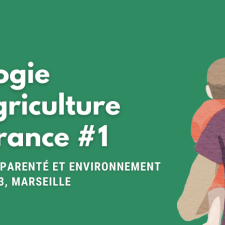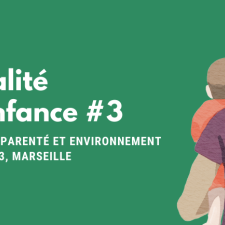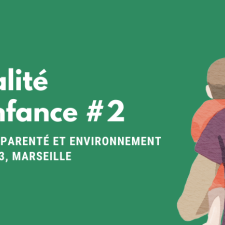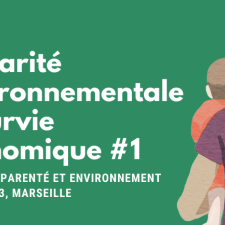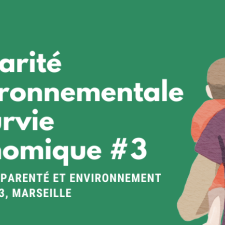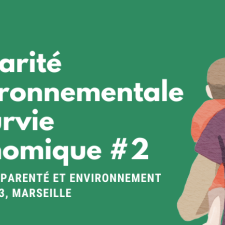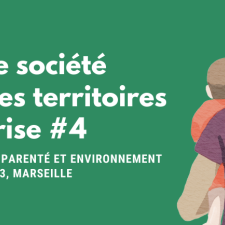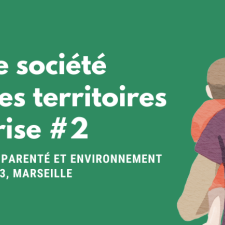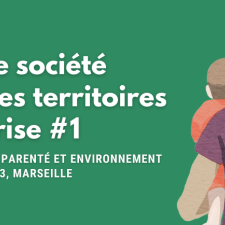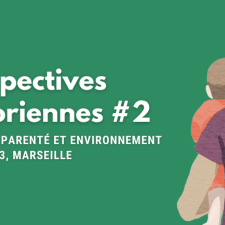Notice
Rural families facing environmental degradation in Central Asia’s cotton oases: Soviet legacies and new challenges
- document 1 document 2 document 3
- niveau 1 niveau 2 niveau 3
Descriptif
Much of the population living in semi-arid southern Central Asia is concentrated in the densely populated irrigated zones in which agriculture still represents the major pillar of the economy. Large, irrigated fluvial oases have characterized this region for millennia, but their surface has been disproportionately and unsustainably expanded in Soviet years. The Soviet cotton policy has been, on the one hand, the foundation for development, modernization and vibrant rural communities centered around the Soviet-made collective farms; on the other hand, this same policy has left a trail of economic, environmental, and human disasters, culminating in the well-known Aral Sea catastrophe.
Despite being targeted by Soviet policies, the patriarchal extended Muslim family has proved resilient and adaptive to Soviet rural society, since traditional kin-groups were incorporated into large-scale modern industrial farm holdings. In the post-Soviet transition to the market, kinship and family networks retained their importance as determining factors in the ownership change from collective to individual farm enterprises, while also being a relief valve for the social inequalities and tensions resulting from it. Today land degradation is increasingly threatening agricultural systems and rural families struggle to find a balance between concern for their short-term gains and the long-term preservation of their farms’ soils. In this setting, family and kinship relationships are called into question to manage new challenges.
Based on recent anthropological literature on rural families in Central Asia and on ethnographic research conducted in Kazakhstan and Uzbekistan, this contribution reflects on how rural families are adapting to growing environmental problems in Central Asia’s irrigated cotton oases. In countertrend with literature stressing how lclimate emergencies and rapid environmental transformation reshape and overcome traditional family patterns, evidence on rural families in Central Asia seem to point in the opposite direction: when environmental conditions are challenging the viability of past agricultural practices, kinship and family maintain their importance in peoples’ lives at a time of growing social disparities and vulnerability.
Intervention / Responsable scientifique
Dans la même collection
-
Devenir agriculteur biologique, à distance de sa famille
SamakMadlyneLe rôle déterminant de la distance sociale à la famille dans les parcours d’adhésion à l’agriculture biologique, à partir de données d'une enquête menée dans les Alpes-Maritimes.
-
Reconfiguration de la famille face à la crise environnementale où comment refuser la parentalité au…
Infécondité volontaire, modes de vie écologiques et autres manières de « faire famille » face à la crise environnementale. Une intervention de Mélanie Bania (GRESCO Limoges).
-
Désirer – ou non – un enfant comme forme d’égoïsme : un enjeu particulier dans le cadre des bouleve…
VialleManonCe que le désir et le non-désir d’enfant disent des normes et représentations de la famille et de la reproduction dans les sociétés européennes, dans le cadre particulier des enjeux environnementaux.
-
« Les petits sauvageons d’ici » : enfance et modes de vie ruraux alternatifs
AutardJeanAlors que les communautés néorurales post-1968 souhaitaient rompre avec la « famille bourgeoise », le mode de vie des alternatifs ruraux actuels s’organise largement autour d’unités familiales ou de
-
Des crises environnementales aux effets sur les maisonnées : stratégies de survie économique auprès…
GoudetJean-MarcA propos des stratégies familiales mises en oeuvre pour surmonter les effets des transformations environnementales au Bangladesh.
-
Familles monoparentales face à la précarité énergétique
CheveignéSuzanne deLa situation des familles monoparentales face à la précarité énergétique en France à partir d'une enquête de terrain menée auprès d’acteurs associatifs, associée à une analyse des données disponibles.
-
Faire familles dans des domiciles aux pieds d’argiles : continuités et changements face à l’adaptat…
NemozSophieUne enquête sur les logements fissurés par le retrait-gonflement terrains argileux en France interroge l'adaptation des familles aux changements climatiques.
-
Famille, genre et changements environnementaux au Burkina Faso
AttanéAnneQuand la régénération du couvert végétal influence les échanges intra-familiaux.
-
Les familles rurales de Jendouba face au Code forestier : un Léviathan
BouhdibaSofianeLes conséquences du Code forestier tunisien de 2017 sur la vie des familles forestières de Jendouba : un accès difficile aux ressources naturelles entraînant un exode rural et un désintéressement aux
-
La mangrove et la liberté : faire famille à Bahia (Nord-Est du Brésil)
CabralJoão de PinaPropriété de l’État brésilien, les vastes mangroves de Bahia sont occupées par les populations à bas revenus. Ces dernières années, on assiste à un appauvrissement systémique de ces populations et à
-
Famille et travail dans les missions jésuites du Paraguay (XVIIe-XVIIIe siècles) et dans la communa…
OrantinMickaëlTrois siècles séparent les missions jésuites du Paraguay des communautés indigènes guaranis qui occupent aujourd’hui le même espace. Longtemps pensées comme une utopie concrète, les missions ont
-
Développement économique, famille et environnement dans l’Occident latin au Moyen Age (IXe-XIIIe)
FellerLaurentLa transformation de l'environnement dans l'Occident médiéval, rendue possible par la mobilité de la population et l'évolution de la famille paysanne.


